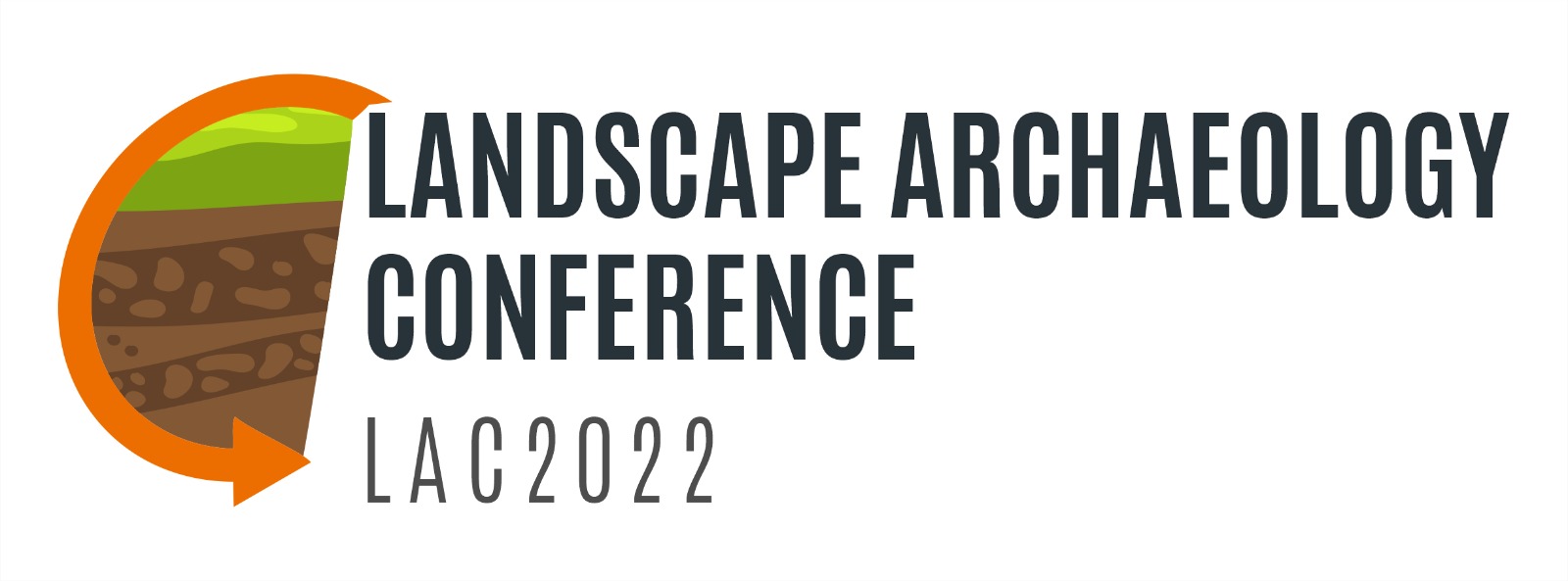Conflicts in landscapes. The potential of HGIS for sustainable heritage management and research in dynamic landscapes and multi-stakeholder environments
Main Article Content
Abstract
Wetlands are typically amongst one of the most dynamic type of landscapes on earth. Their distinct geomorphological characteristics make them strongly susceptible for environmental changes such as climate, demography, and economy. Equally, these characteristics have made these areas appealing for inhabitants throughout history and provide excellent preservation conditions. Subsequently shaping these landscapes in unique and invaluable heritage archives reflecting long-term human-earth interactions. Furthermore, these wetlands are increasingly perceived as valuable ecoservice systems for amongst other carbon storage and water management. As a result, interest in these areas is increasingly growing and attracting a wide variety of stakeholders. The precise impact of these dynamics on the heritage contained in these landscapes remains generally unclear and protective measures often strongly differ (i.e., ranging from regional planning restrictions to World Heritage).


